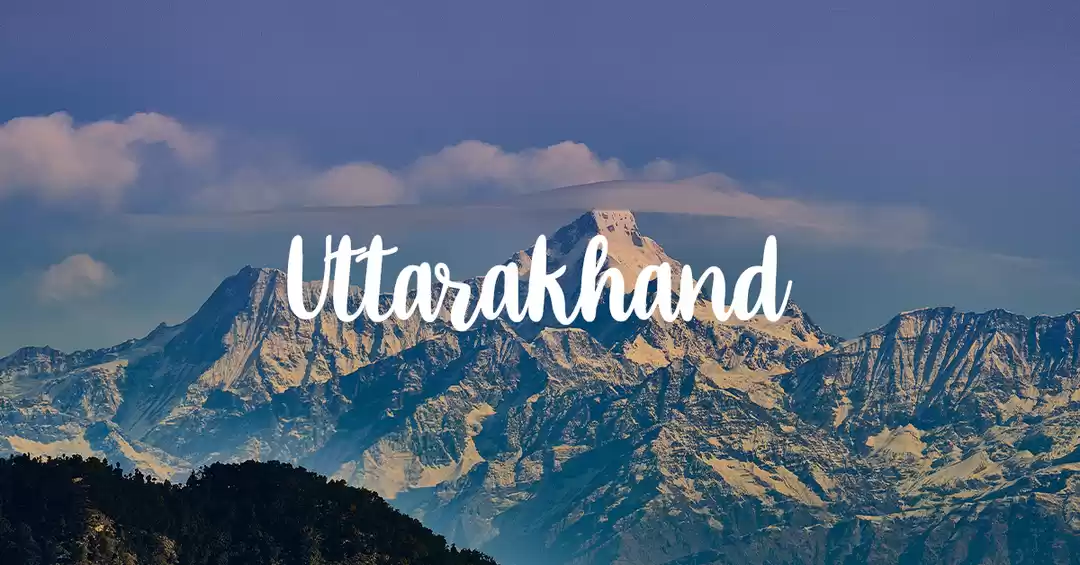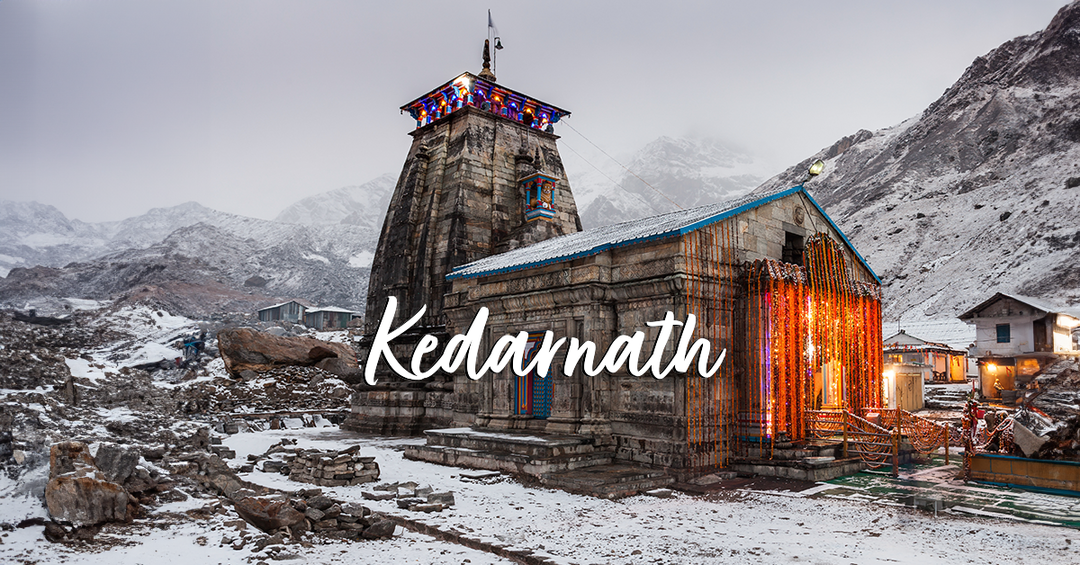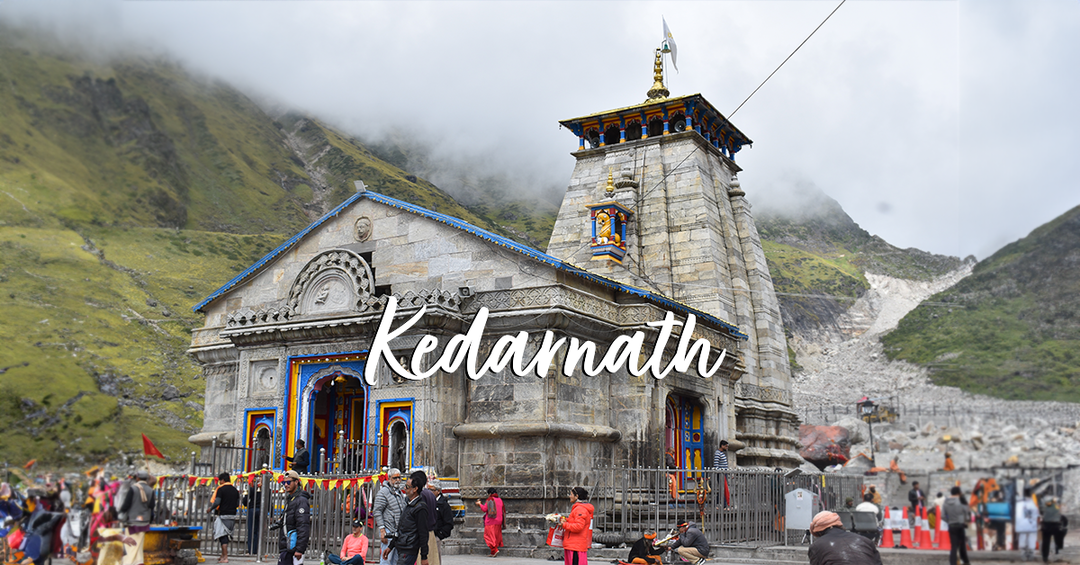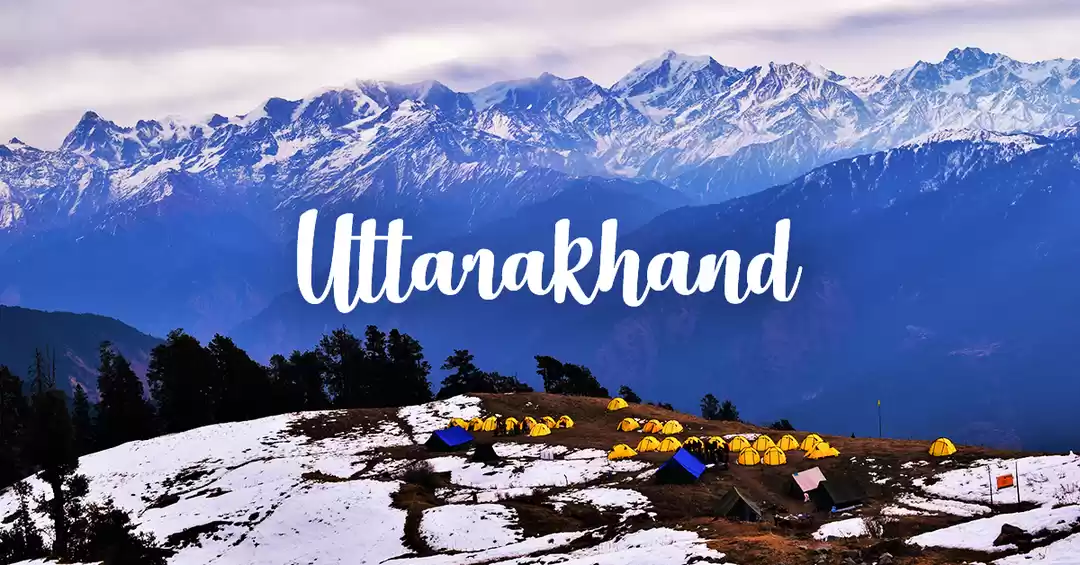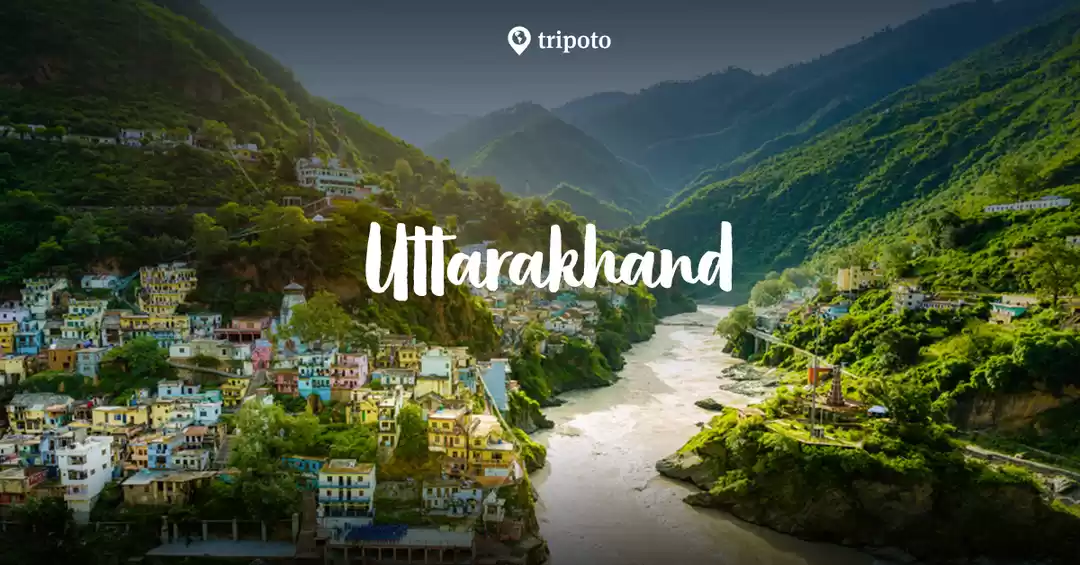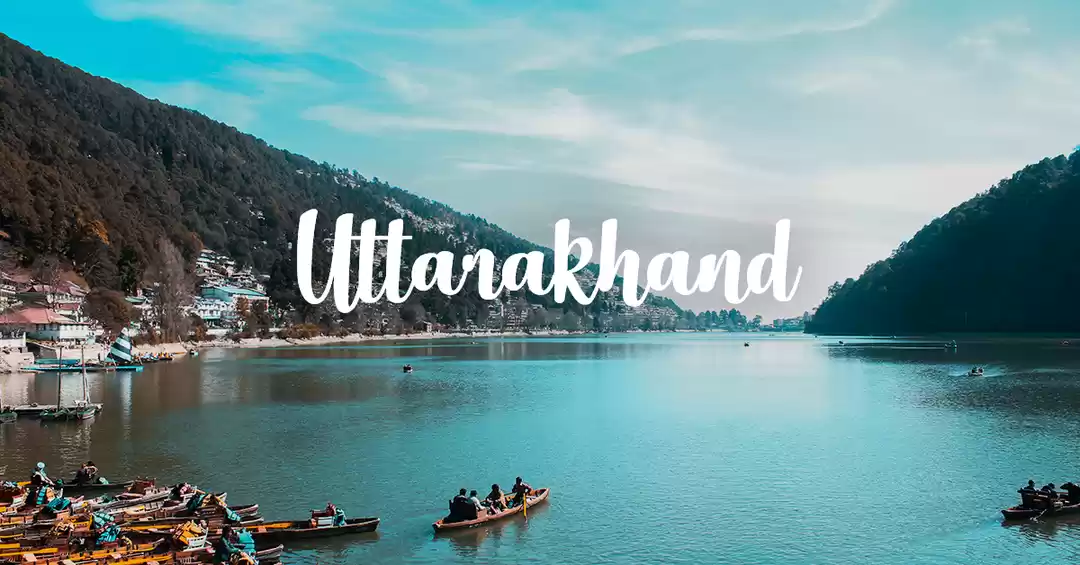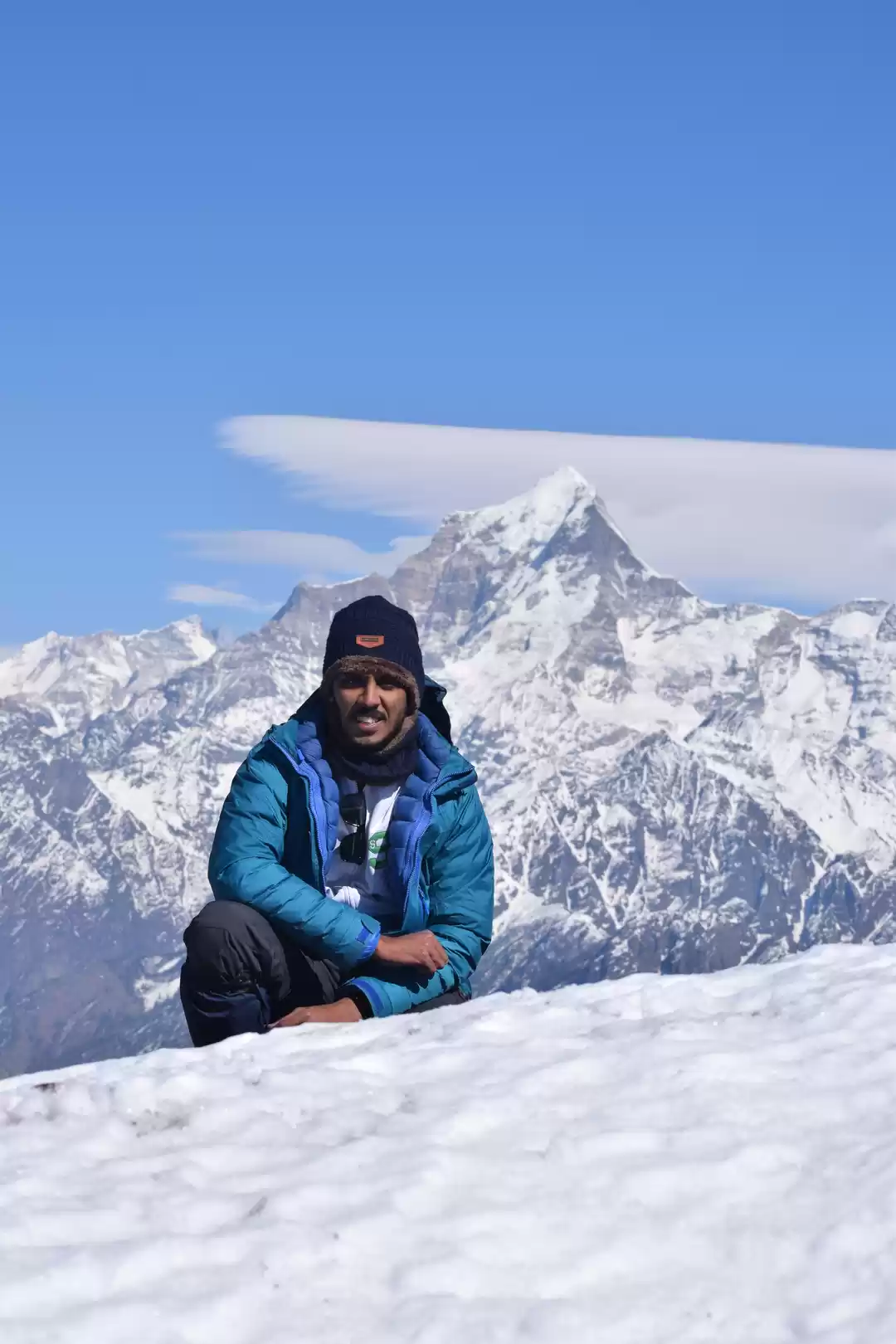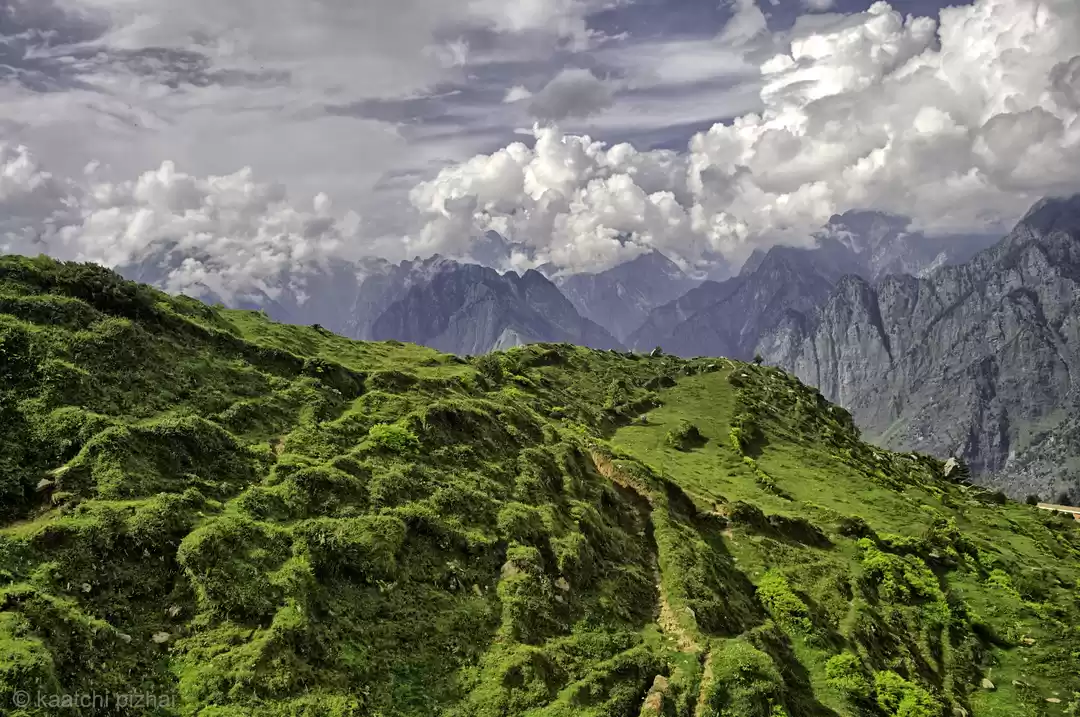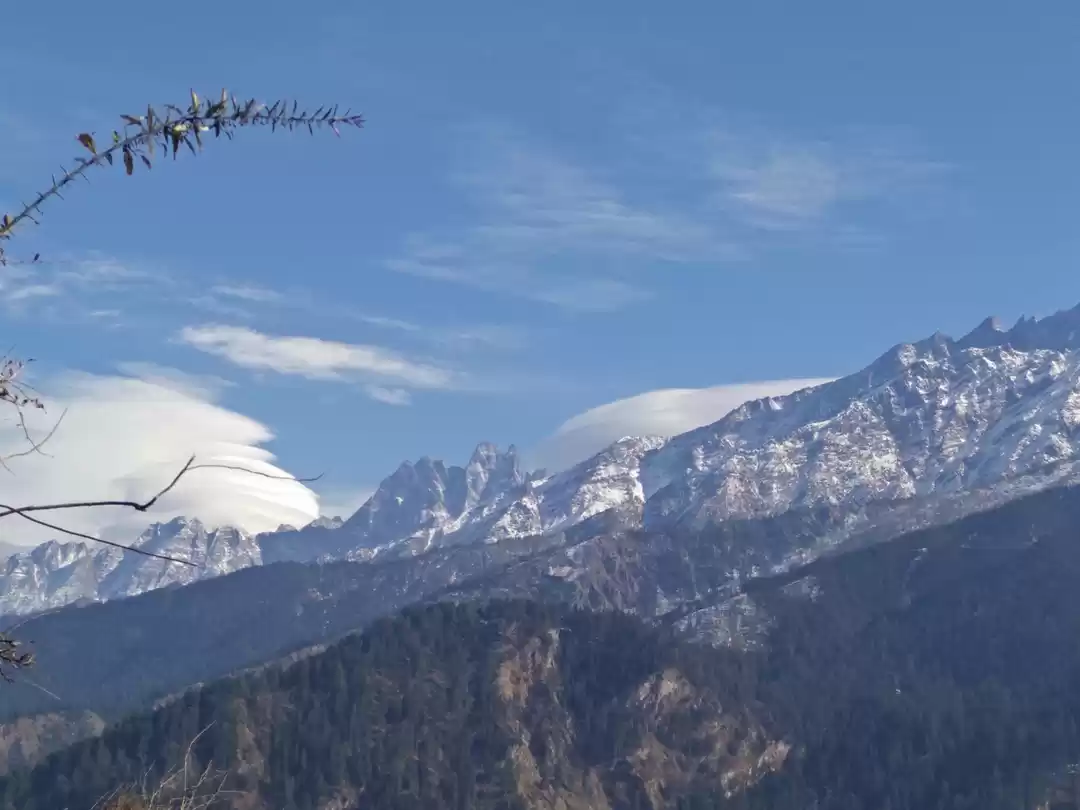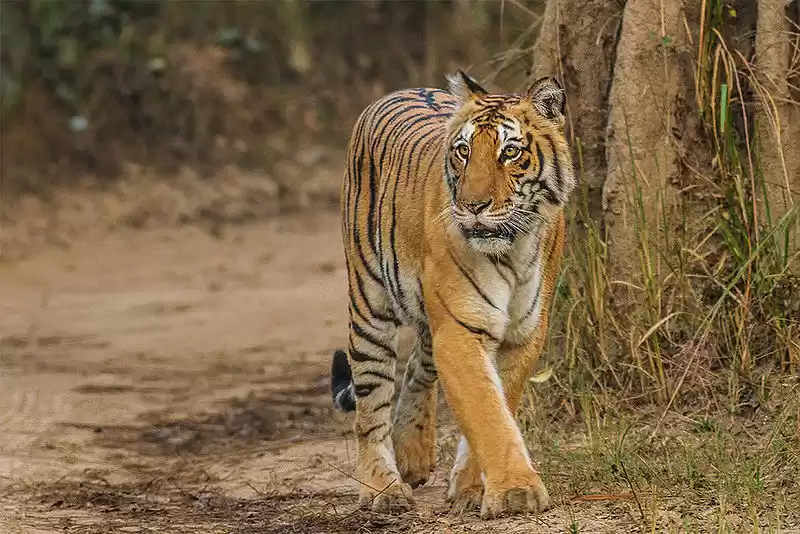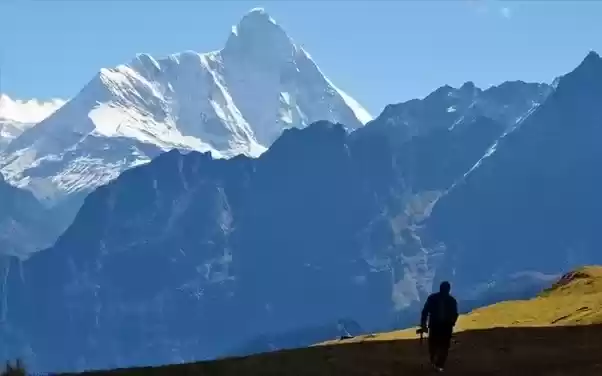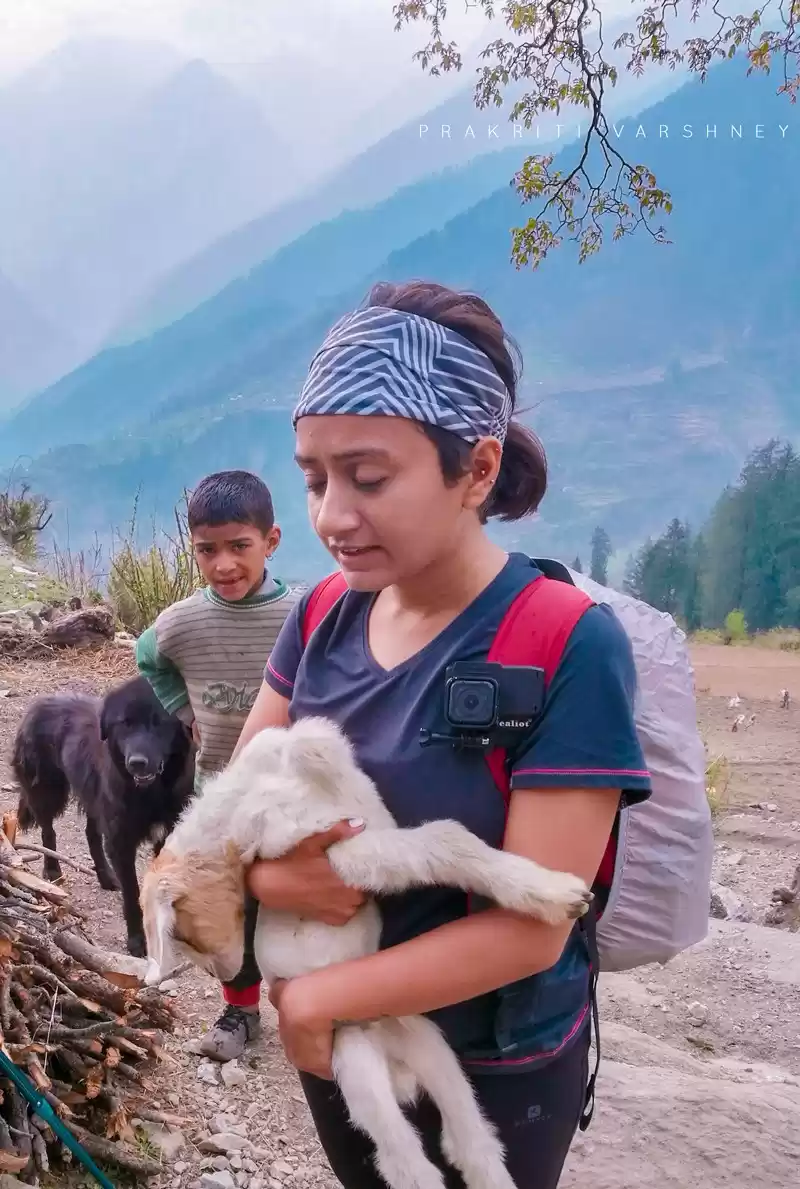
Nanda Devi is the second highest peak in India and also one of the most revered peaks of the country. The Daharansi Pass trek is one of the few treks that bring you to a close proximity to the Nanda Devi peak. The surrounding Nanda Devi National Park is also declared as a UNESCO World Heritage site. Situated in the lap of Garhwal Himalayas, the region showcases the absolute beauty of the Himalayas. The Nanda Devi and Dunagiri peaks get deliciously close and look larger than life while on this trek.
Very recently, the Nanda Devi Sanctuary has been opened for a limited number of visitors every year (Earlier entry to the sanctuary was banned). The Nanda Devi Sanctuary is situated in the Chamoli district of Uttarakhand. The spectacular panoramas of peaks encircling the Nanda Devi National Park are Trishul (7120 m) Dunagiri (7066 m) Nanda Devi (7817 m) Nanda Devi East (7430 m) Bethartoli (6352 m). The exclusivity of this trek makes it all the more endearing and exciting. With the magnificent Himalayan views and the flora and fauna of the Sanctuary, the trek makes for one of the best Himalayan experiences.

Detailed Itinerary:
Day 1: Reaching the Base Camp, Joshimath
The basecamp of the Dharansi Pass Trek is Joshimath, 256 km from Rishikesh and 273 km from Haridwar. You can take an overnight train from Delhi to Haridwar or Rishikesh. From Rishikesh, shared vehicles are available for Joshimath. The long, but scenic road journey passes through Devprayag, Srinagar, Rudraprayag, Karanprayag and Chamoli.
Day 2: Joshimath – Lata Village (25 km jeep ride + 1.5 km trek)
From Joshimath, there is a jeep ride to the road head to Lata Village. The trek starts there and it is an easy trek of 1.5 km. there is an altitude gain of about 359 metres. The trail to the village is cemented and passes through terraced fields and orchards. Lata is a quaint Himalayan village with traditional wooden houses and stone roofs. It takes an hour to reach the village. This day is for rest and acclimatisation.

Day 3: Lata Village to Lata Kharak (9 km trek)
There is a cemented trail from Lata Village to Bhelta Village for a kilometer. After that the trail goes into a pine forest and with a few rivulets passing by. A trek of 3 hours will take you to Bhelta Village. From here, Lata Kharak is about 5 km and there is an altitude gain of 1000 metres.
From Bhelta, take the trail that ascends straight forward till you reach a bifurcation. Do not take the left side path and continue straight ahead. A number of scissor bends makes this trail a long one. Lata Kharak is located at the end of the tree line and you get a wonderful view of the mountain ranges of Bithartoli-Himal, Nanda Ghunti and Ranthi Peak from here.

Day 4 : Lata Kharak – Dharansi Pass (10 km trek)
It is better to start early in the morning as temperature in the mountains always gets unpredictable in the afternoon. From Lata Kharak, take a trail through the meadows. Walk through them as you keep enjoying the views of the mountains and valleys. After walking a couple of hours, there will be a bifurcation. This time take the trail to the left. This trail goes towards Jhandi Dhar and then finally to the Dharansi Pass. From the Jhandi Dhar ridge, you will get great views of the valleys of Mt. Dunagiri. There is a map drawn on stone showing the direction of the Dharansi Pass and Lata Kharak. Take the straight trail towards Dharansi Pass. The Pass is only about 2 km from here. A final ascent over the rocky ridge will take you to the saddle of the Dharansi Pass. This is also the camping site.

Day 5 : Dharansi Pass – Debrugheta – Dharansi Pass (14 km trek)
Start early in the morning towards Debrughata. The Malthuni-Bethartoli ridge divides the Dharansi and Debrughata. You are allowed to venture only uptil Debrughata as the inner parts of the Nanda Devi Sanctuary is off limits. To reach Debrughata, you have to take a downhill trail to Debrughata fields.

You cannot camp at Debrughata as there is no proper water source. So start your journey back to Dharansi campsite early. The uphill trek will take nearly 5 hours and can be quite tiring. This day, leave your backpacks at the campsite and carry your daypack with you, as you will be reaching back the campsite.

Day 6: Dharansi Pass to Hitoli Campsite (12 km trek)
Take the same trail downhill to Jhandi Dhar. From here, take the trail on the right towards Tomla. You can refer to the stone map. The descent is going to be long, tiring and taxing on the knees. At the end, you will be hiking through a forest of rhododendron, birch and Raga fur till you reach the Hitoli campsite.
Day 7 : Hitoli Campsite – Surai Thotha – Joshimath (8 km trek, 30 km by Jeep)
The descent from Hitoli campsite goes through a 5 km forest trail of cedar trees. The first village you cross is Tomla, a quaint, picturesque village. From Tomla, Surai Thota is another 3 km descent. Once you reach here, from the road head, take a jeep to Joshimath.

Some Important Facts:
Difficulty: Moderate
Basecamp: Joshimath
Trail Type: Cross over trail
Best Time to visit: May - June, September – October
How to Reach Joshimath:
The nearest main Railway Station is Haridwar.
From Haridwar or Rishikesh, you will get shared vehicles to Joshimath. Joshimath is 256 km from Rishikesh and 273 km from Haridwar.
From Delhi, you can take an overnight train or bus to reach Haridwar or Rishikesh.





